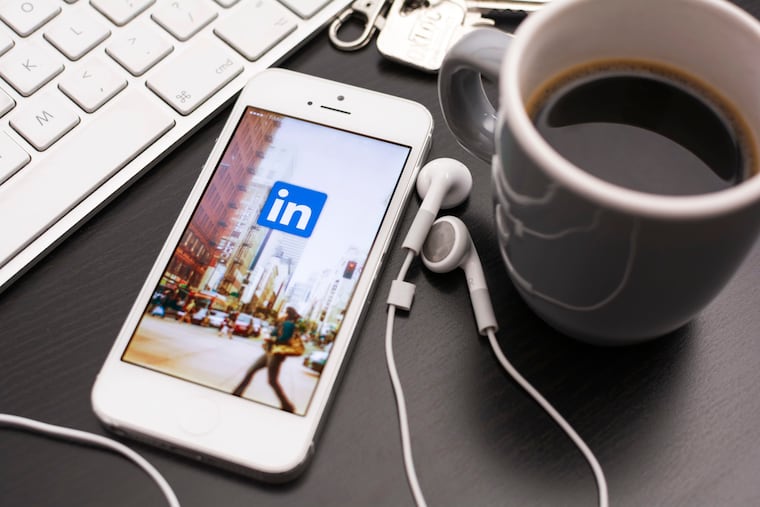Small business owners can use LinkedIn to get more customers, according to Philly experts
Changing how and when you post to LinkedIn can help you grow your business and boost your brand.

Changing how and when you post to LinkedIn can help you grow your business and boost your brand.
